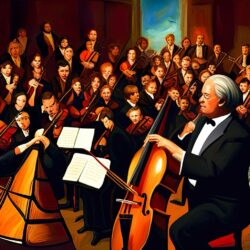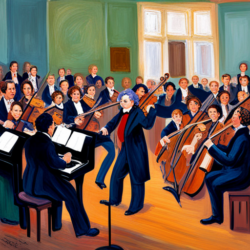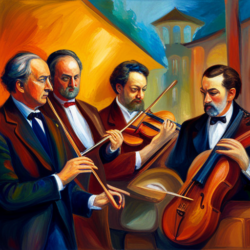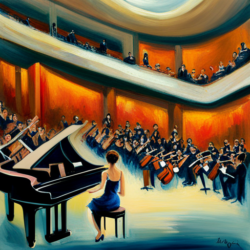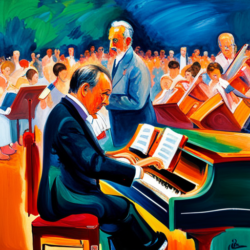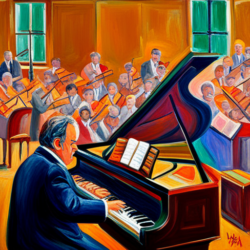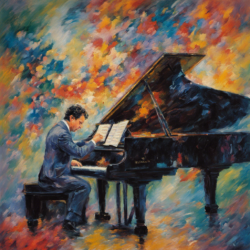Get Unique MUSICAL INSIGHTS in your inbox every Thursday
Today, I would like to share with you a wonderful short, light piece, “Introduction to Rondo,” by French composer Camille Saint-Saëns (1835-1921). Saint-Saëns originally intended this piece to be the conclusion ..
Today I’d like to share with you a composer and concerto that are completely new to me: Giovanni Bottesini’s Double Bass Concerto No. 2 in B minor. Bottesini (1821-1889) was born in Northern Italy. He studied violin ..
I’d like to share with you a terrific interview with Hungarian conductor Ivan Fischer. He shows different sides of Beethoven. I love how he provides little, unique insights into the composer. He explains how, before Beethoven, ..
At the beginning of each year, I sit down and reflect on the year that closed, looking for lessons to be learned and opportunities for improvement. I plan out what I personally want to achieve and set goals for IMA. One thing ..
This prelude was originally composed for flute by Bach. Alexander Siloti transcribed it to piano. I’ll share both flute and piano versions with you.
This is a continuation of my series of articles about Alexander Siloti. (I have to warn you, this note is full of trite realizations.) It took me a while to realize that some people are great at creating and some are terrific ..
This is a continuation of my series of articles about Alexander Siloti. Tchaikovsky wrote that though his second concerto was “troubled,” he still liked it far more than the first. But Tchaikovsky was not happy ..
This is a continuation of my series on Alexander Siloti. Last time we discussed Siloti and Rachmaninoff. Today we are going to explore Siloti in connection with Tchaikovsky’s Piano Concerto No. 1. At first Tchaikovsky was Siloti’s ..
Over next few weeks we’ll explore one of the most underrated figures in classical music, Alexander Siloti (often spelled Ziloti, which is an accurate transcription from Russian). He is little known today, but there must ..

